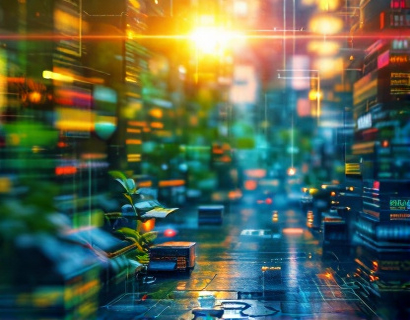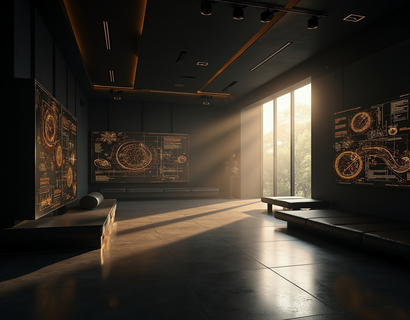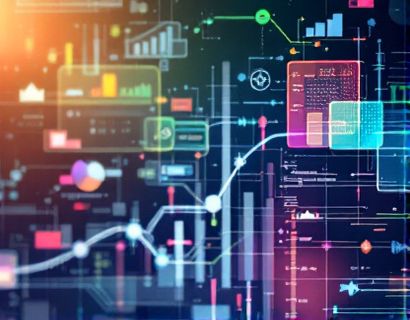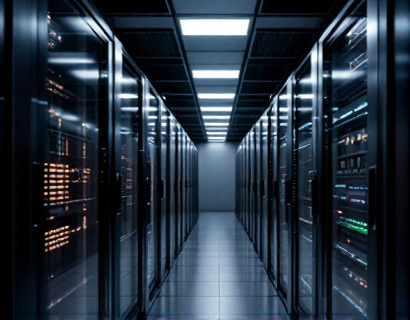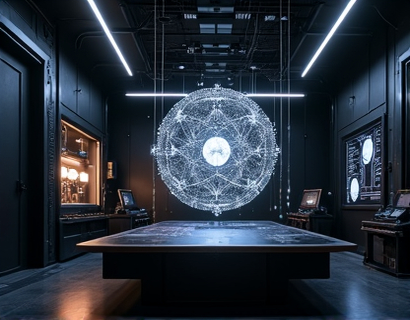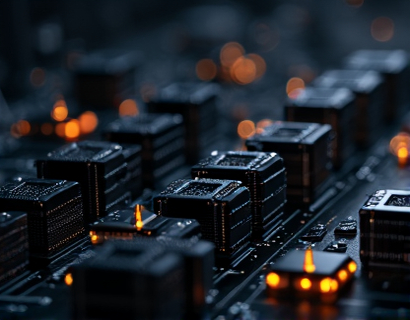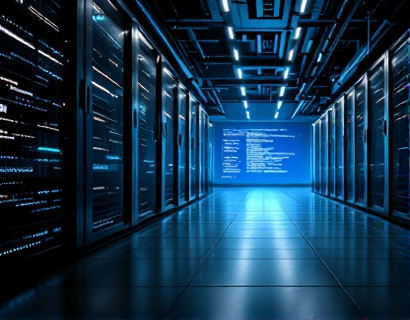Elevate Your Indoor Garden: Cutting-Edge Tech for Optimal Plant Growth in Solariums
In the realm of indoor gardening, the integration of advanced technology has revolutionized the way enthusiasts cultivate plants within the confines of solariums. These sophisticated setups go beyond traditional methods, offering a blend of precision, automation, and environmental control that optimizes light, climate, and nutrient delivery. This article delves into the cutting-edge technologies that transform solariums into high-tech garden oases, ensuring plants thrive in a sustainable and efficient manner.
Optimizing Light for Plant Growth
Light is a fundamental component for photosynthesis, the process by which plants convert light energy into chemical energy. In solariums, the use of LED grow lights has become a cornerstone of modern indoor gardening. Unlike traditional lighting solutions, LED lights offer several advantages. They consume less energy, produce minimal heat, and emit light in specific spectra tailored to the needs of different plants. For instance, blue spectrum lights promote vegetative growth, while red spectrum lights enhance flowering and fruiting stages. Advanced systems can automatically adjust the light spectrum and intensity based on the plant's life cycle, ensuring optimal growth conditions.
Another innovative approach is the use of dynamic lighting systems that mimic natural daylight patterns. These systems simulate sunrise and sunset, helping to regulate the plant's internal clock and improve overall health. Some systems even incorporate circadian lighting, which adjusts light quality and intensity throughout the day to align with the natural rhythms of plants. This not only boosts growth but also enhances the aesthetic appeal of the indoor garden.
Climate Control for Ideal Growing Conditions
Maintaining the right climate is crucial for the health and productivity of indoor plants. Advanced solarium setups employ sophisticated climate control systems that monitor and adjust temperature, humidity, and air circulation. These systems use sensors to continuously monitor environmental conditions and make real-time adjustments to ensure optimal growth.
Temperature control is vital as most plants thrive within a specific range. Overheating or cooling can stress plants and hinder growth. Advanced thermostats and heating/cooling units can maintain precise temperatures, often within a fraction of a degree. For example, a smart thermostat can be programmed to lower the temperature at night, simulating a natural diurnal cycle that promotes better plant health.
Humidity control is equally important, as many plants require high humidity levels to prevent leaf burn and promote healthy growth. Humidifiers and dehumidifiers integrated into the climate control system can maintain the ideal moisture levels. Some systems also use misting technologies to increase humidity around the plants, creating a microclimate that mimics tropical environments.
Air circulation is another critical factor. Proper ventilation prevents the buildup of stagnant air, which can lead to mold and disease. Fans and air circulators ensure a constant flow of fresh air, distributing heat and moisture evenly throughout the solarium. Some advanced systems use smart fans that adjust their speed based on real-time data, ensuring efficient air movement without causing drafts.
Automation and Smart Technology
Automation is the backbone of modern indoor gardening, streamlining tasks and reducing the need for manual intervention. Smart controllers and IoT devices play a pivotal role in creating an automated gardening ecosystem. These devices can be connected to a central hub or controlled via smartphone apps, allowing gardeners to monitor and manage their solariums remotely.
Watering systems are a prime example of automation. Drip irrigation and hydroponic systems can be programmed to deliver precise amounts of water and nutrients directly to the plant roots. Soil moisture sensors ensure that plants receive water only when needed, preventing overwatering and nutrient leaching. Some systems even use AI algorithms to predict water requirements based on plant type, growth stage, and environmental conditions.
Fertilization is another area where automation shines. Nutrient delivery systems can be set to release specific amounts of nutrients at predetermined intervals or based on real-time sensor data. This ensures that plants receive the exact nutrients they need at the right time, promoting healthy growth and maximizing yields.
Sustainability and Resource Efficiency
One of the most significant advantages of using advanced technology in indoor gardening is the enhancement of sustainability. Traditional gardening methods often waste resources such as water and energy, but smart solarium systems are designed to minimize these impacts. For instance, water recycling systems collect and purify runoff water, allowing it to be reused for irrigation. This not only conserves water but also reduces the environmental footprint of indoor gardening.
Energy efficiency is another key aspect. LED lights, as mentioned earlier, consume significantly less power compared to traditional lighting. Additionally, solar panels can be integrated into the solarium design to harness renewable energy, further reducing reliance on grid electricity. Some systems even incorporate energy storage solutions, such as batteries, to store excess energy generated during peak sunlight hours for use during low-light periods.
Resource-efficient growing mediums, such as coconut coir and perlite, can also be used in conjunction with hydroponic systems. These mediums retain moisture and nutrients more effectively than soil, reducing the need for frequent watering and fertilization. This not only saves resources but also creates a cleaner growing environment, minimizing the risk of pests and diseases.
Customizable Solutions for Unique Needs
Every indoor gardener has unique requirements based on the types of plants they grow, the available space, and their personal preferences. Advanced technology allows for highly customizable setups that can be tailored to meet these specific needs. For example, gardeners can choose from a variety of lighting configurations, from linear LED strips to full-spectrum panels, depending on the layout and size of their solarium.
Climate control systems can be customized to target specific areas within the solarium, creating microclimates for different plant species. This is particularly useful for gardeners growing a diverse range of plants with varying environmental requirements. Smart sensors and controllers can be placed strategically to monitor and adjust conditions in these microclimates, ensuring each plant thrives in its optimal environment.
Automation levels can also be adjusted based on the gardener's comfort and expertise. Beginners might opt for pre-set modes that handle most tasks, while advanced users can fine-tune every aspect of their system. Some systems even offer machine learning capabilities, adapting to the gardener's preferences and optimizing performance over time.
Enhancing Plant Health and Yield
The combination of optimized light, climate, and automation leads to significant improvements in plant health and yield. Plants grown in these advanced solarium environments exhibit stronger growth, higher resistance to diseases, and more robust fruit and flower production. The precise control over environmental factors reduces stress on the plants, allowing them to focus their energy on growth and reproduction.
Monitoring tools, such as leaf temperature sensors and chlorophyll meters, provide valuable data on plant health. This data can be used to make informed decisions about adjustments to the growing conditions, ensuring that any issues are addressed promptly. For example, if a plant shows signs of nutrient deficiency, the fertilization system can be adjusted to provide the necessary nutrients.
Moreover, the use of data analytics and AI can predict potential problems before they become severe. By analyzing historical data and real-time sensor readings, these systems can identify patterns and trends, alerting gardeners to take preventive measures. This proactive approach not only enhances plant health but also increases overall yield.
Conclusion
The integration of cutting-edge technology in indoor gardening has transformed solariums into sophisticated ecosystems that maximize plant growth and sustainability. From advanced lighting solutions to precise climate control and automated systems, these innovations create an ideal environment for plants to thrive. As technology continues to evolve, the potential for even more efficient and customizable indoor gardening setups is vast. Whether you are a seasoned gardener or a beginner, embracing these technologies can elevate your indoor garden to new heights, providing a rewarding and sustainable hobby.




